
Címke: Facts
-
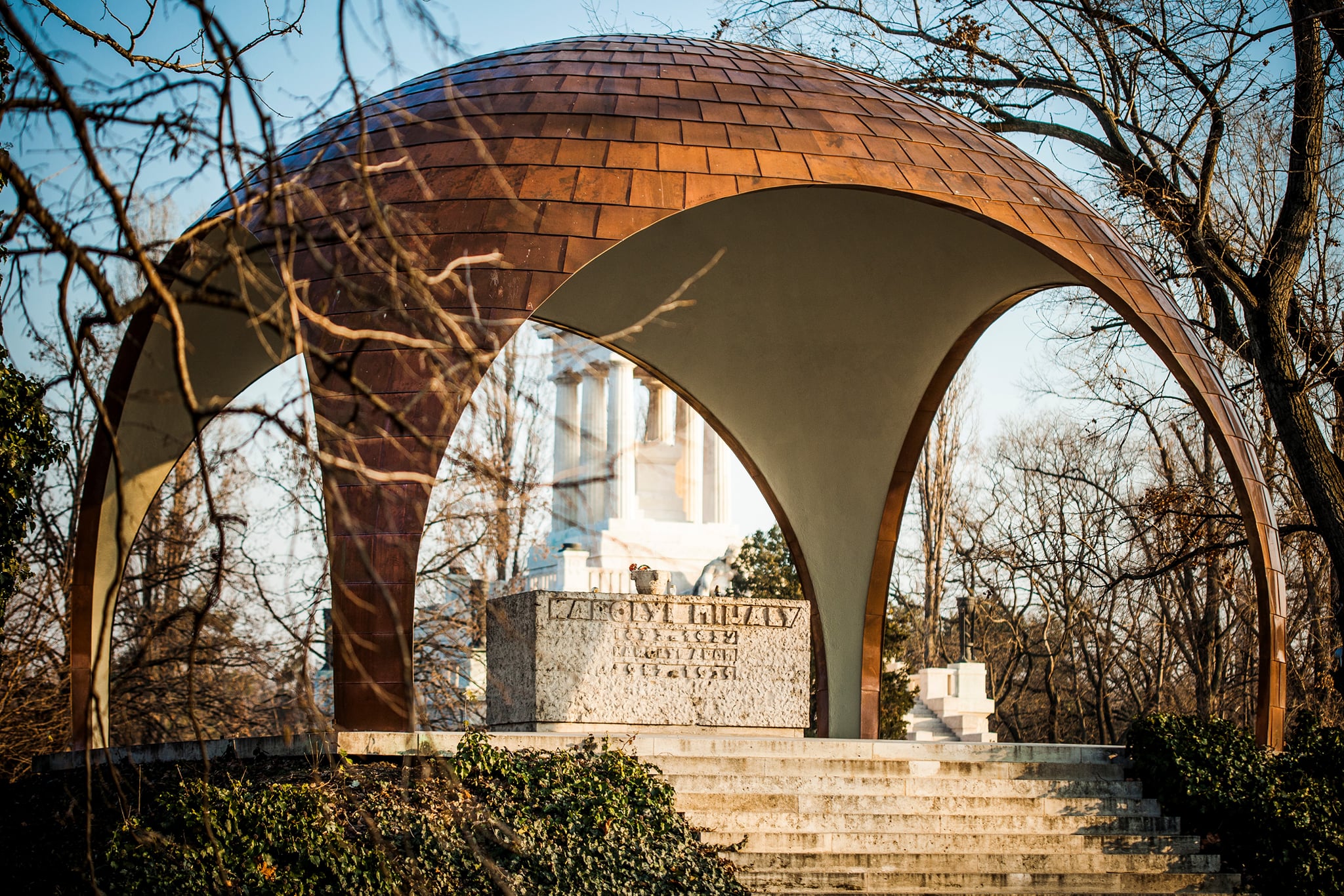
Countess Katinka Andrássy, widely known as “the Red Countess,” was the granddaughter of Gyula Andrássy, former Prime Minister of Hungary (1867–1871) and Foreign Minister of Austria-Hungary (1871–1879). She and her husband, Count Mihály Károlyi, are buried in the Károlyi Mausoleum at Budapest’s Kerepesi Cemetery, designed by architect Lajos Skoda.
Katinka Andrássy – The Countess with a Passion for Politics and Diplomacy – Fiume Road Graveyard
Katinka Andrássy – The Countess with a Passion for Politics and Diplomacy – Fiume Road Graveyard Fact of the Hungarian…
-
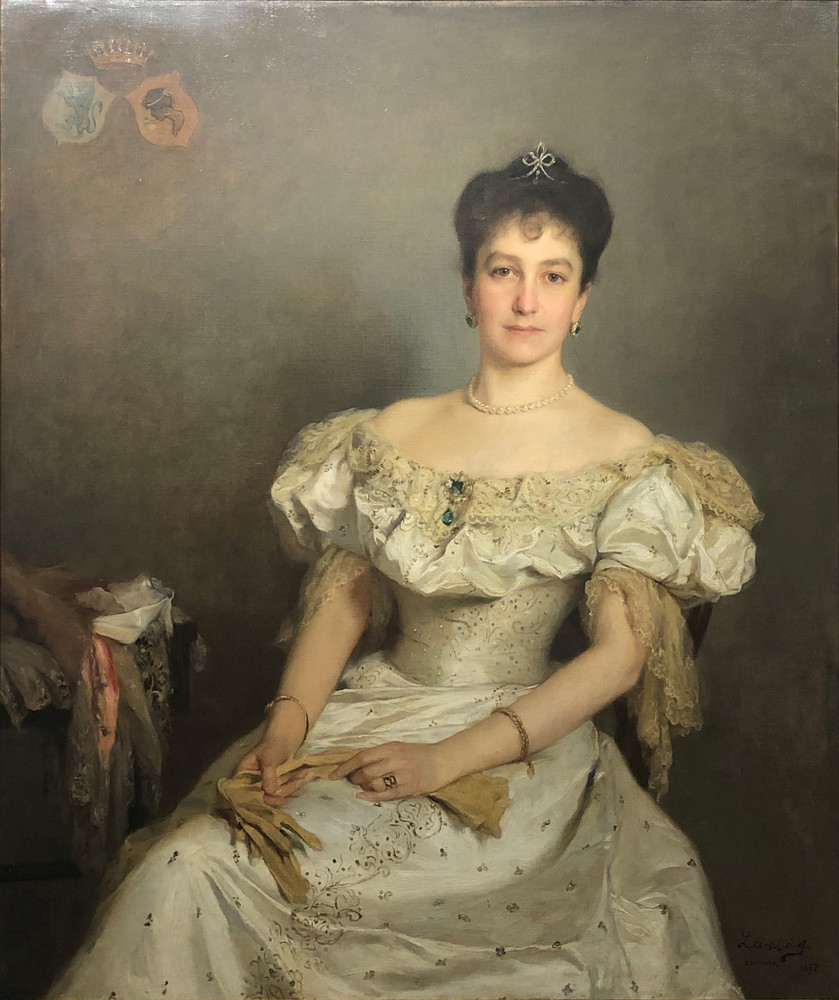
Countess Clotilde Apponyi (née von Mensdorff-Pouilly-Dietrichstein) was born into one of Europe’s most illustrious aristocratic families, with dynastic ties to the British, German, and Russian royal houses. As a prominent Austro-Hungarian noblewoman, she became a leading women’s rights advocate, politician, and diplomat in the early 20th century. Countess Clotilde Apponyi died on 1 September 1942, at the age of 74 in Budapest, Hungary. Initially buried in Farkasréti Cemetery, her remains—along with those of her husband—were later transferred to Éberhárd (now in Slovakia), where the Apponyi family estate and castle were located.
Clotilde Apponyi – A Diplomat’s Wife and Philanthropist in Austro-Hungarian Society
Clotilde Apponyi – A Diplomat’s Wife and Philanthropist in Austro-Hungarian Society – Malinovo Fact of the Hungarian figure „Margit Schlacta…
-
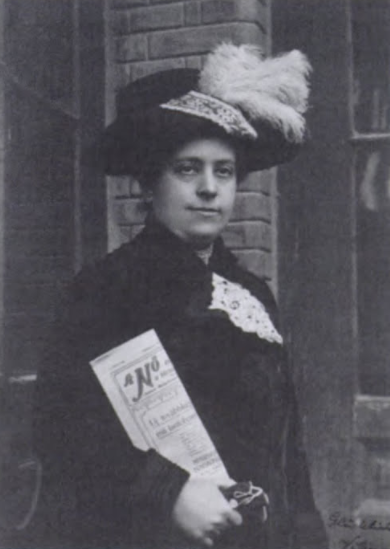
Vilma Glücklich (1872-1927), was a Hungarian educational reformer, pacifist and women’s rights activist. Pictured here in 1912 holding the journal of Women and Society in her hand.
Vilma Glücklich – A Leader in the Hungarian Women’s Rights Movement – Vágújhely (Nové Mesto nad Váhom)
Vilma Glücklich – A Leader in the Hungarian Women’s Rights Movement – Vágújhely (Nové Mesto nad Váhom) Fact of the…
-
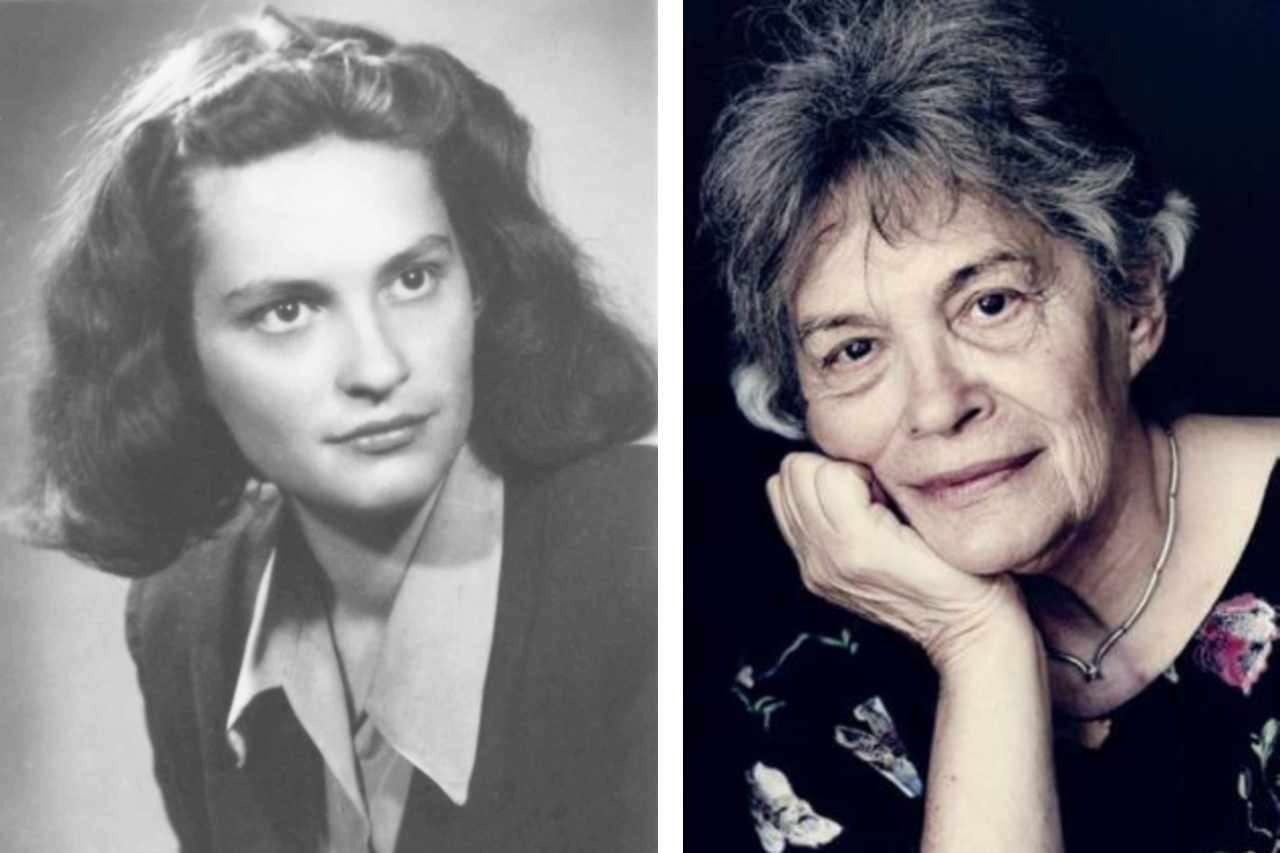
Alaine Polcz laid the foundations of the World Play (Világjáték) scene-puppet test, a tool still widely used in child psychology. While she is best known for her work on the psychology of death, her later contributions—especially the refinement of this visual, symbolic, and emotionally expressive diagnostic method—highlight her equally significant legacy in child psychotherapy.
Alaine Polcz – Psychologist, Writer, and Pioneer in Hungarian Thanatology – Cluj Napoca
Alaine Polcz – Psychologist, Writer, and Pioneer in Hungarian Thanatology – Cluj Napoca Fact of the Hungarian figure „Terezia Brunszvik…
-
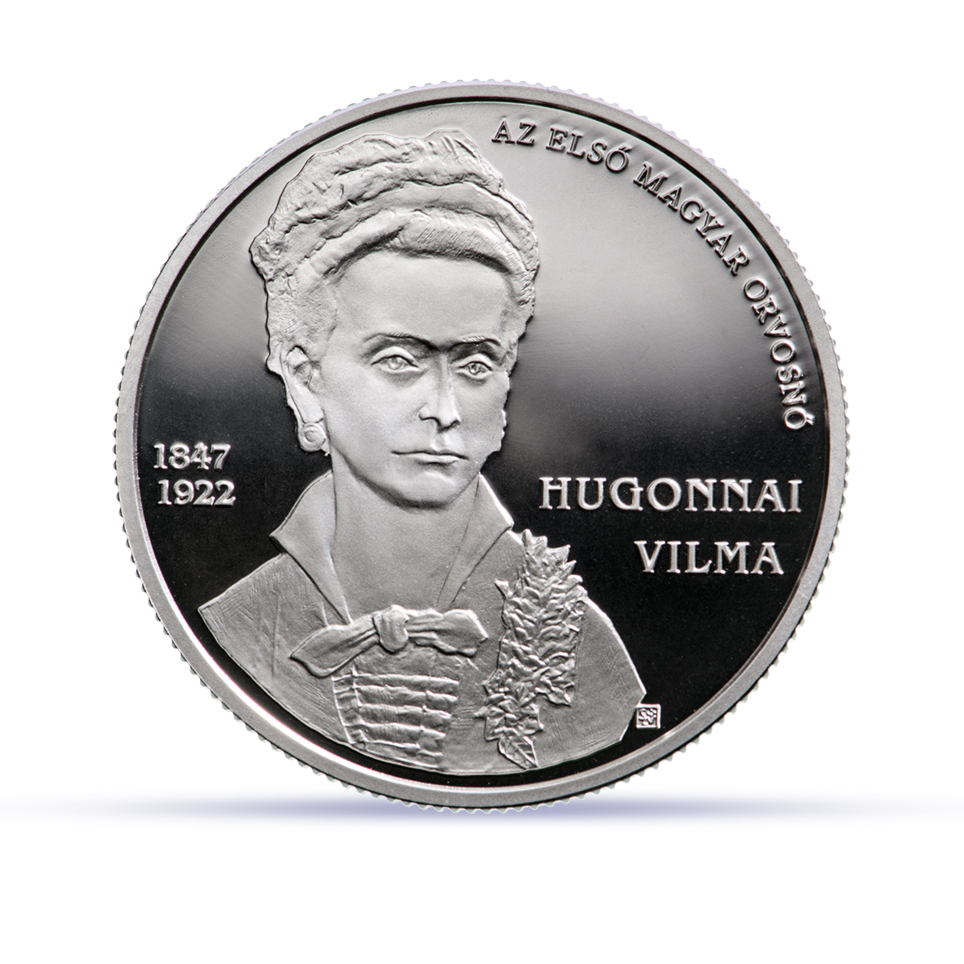
To mark the 175th anniversary of Vilma Hugonnai’s birth, the first Hungarian female physician, the Hungarian National Bank issued commemorative coins designed by sculptor Virág Szabó. The silver and base-metal coins feature a full-length image of Hugonnai on the obverse, and her portrait with the inscription “The first Hungarian female physician” on the reverse.
Vilma Hugonnai – The First Female Doctor in Hungary – Budapest
Vilma Hugonnai – The First Female Doctor in Hungary – Budapest Fact of the Hungarian figure „Terezia Brunszvik and the…
-
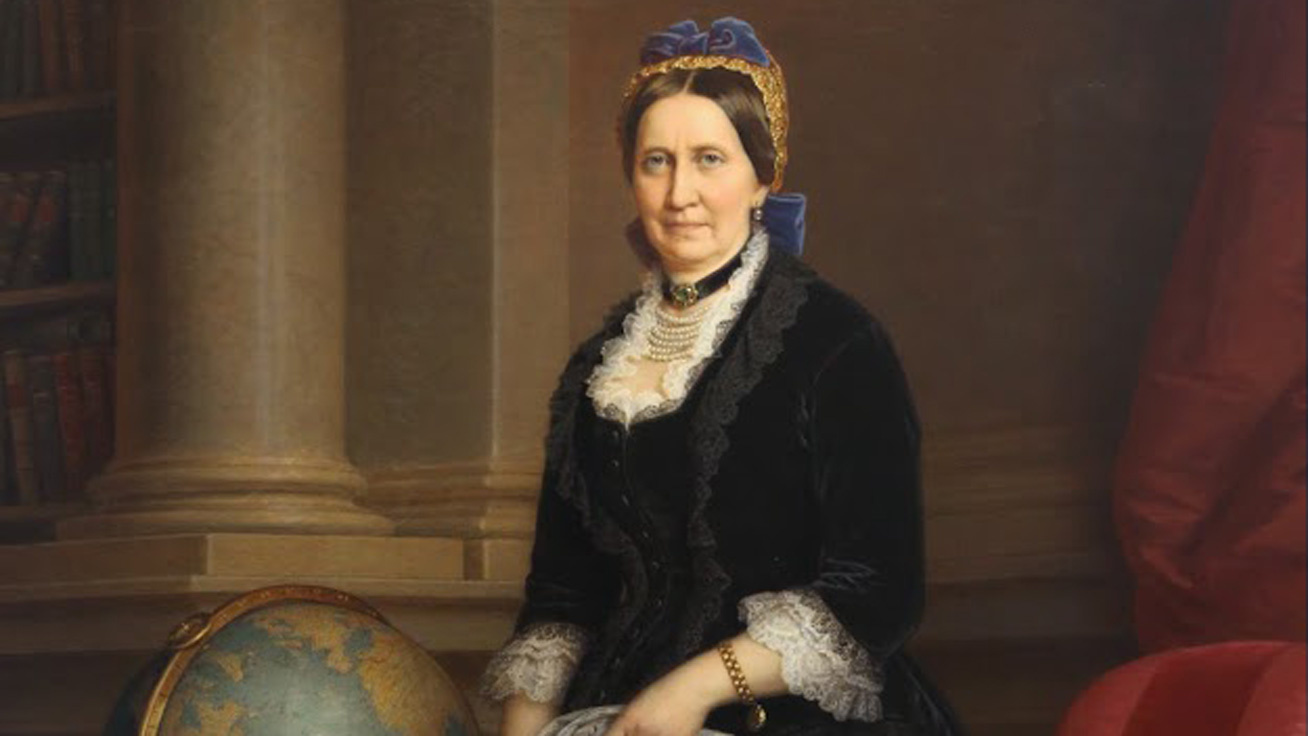
Portrait of Pálné Veres (born Hermin Beniczky), painted by Miklós Barabás. The secondary school she founded still bears her name and is located in central Budapest, on the street also named after her. Although the original building at No. 36 no longer serves as a school—now privately owned and in a state of disrepair—the institution continues to operate in the adjacent building.
Pálné Veres – The Founder of the First Hungarian Women’s School – Budapest, Múzeum körút/Zöldfa utca
Pálné Veres – The Founder of the First Hungarian Women’s School – Budapest, Múzeum körút/Zöldfa utca Fact of the Hungarian…
-
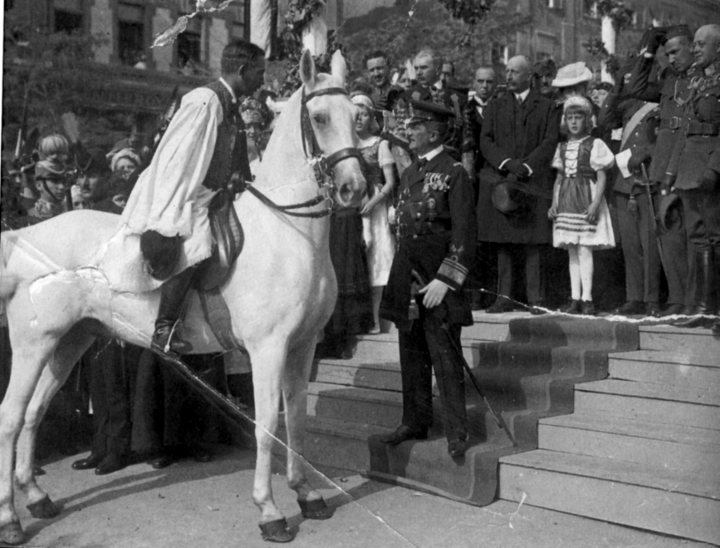
This photo captures Miklós Horthy giving a white horse in the recently reoccupied city of Pécs—a deliberate symbolic act echoing royal traditions and national mythmaking. The repeated use of the white horse across multiple locations served to craft a visual narrative of legitimate authority, moral restoration, and historical continuity, forming a cornerstone of Horthy-era memory politics.
Serbian–Hungarian Baranya–Baja Republic – Pécs
Serbian–Hungarian Baranya–Baja Republic – Pécs Fact of the Hungarian figure „Arrival of Horthy” Part of the „Creation of the modern…
-
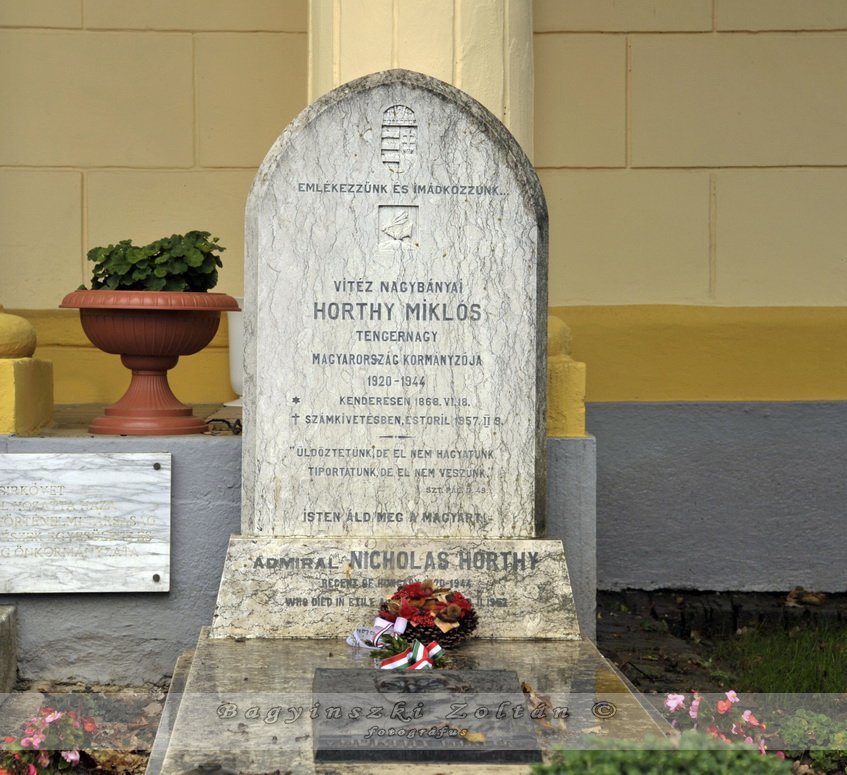
Grave of Miklós Horthy in the municipal cemetery of his birthplace Kenderes, Hungary.
Memory of Horthy – Kenderes
Memory of Horthy – Kenderes Fact of the Hungarian figure „Arrival of Horthy” Part of the „Creation of the modern…
-
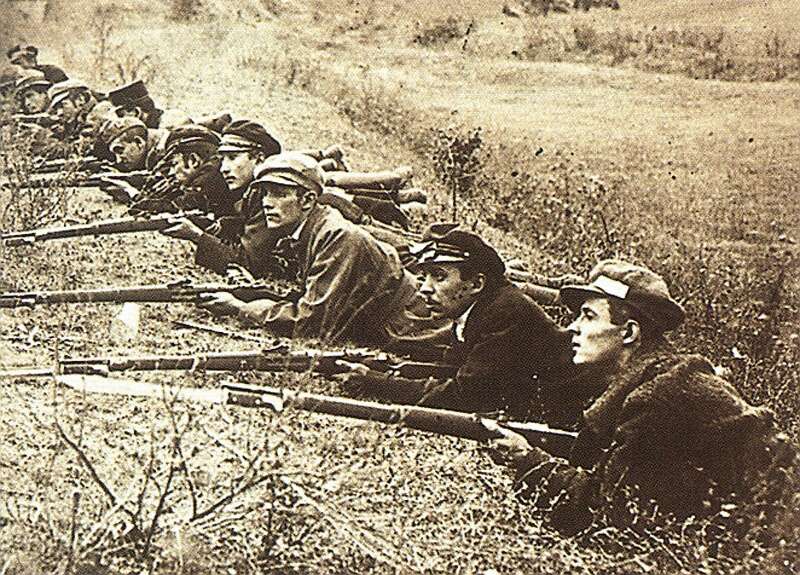
Opposing the legitimists, a hastily assembled group of Budapest university students—organized by Gyula Gömbös on October 22—attempted to resist Charles IV’s advancing forces. Despite lacking trained officers, their armed clash at Törökugrató with royal troops on October 23 resulted in casualties on both sides and effectively halted the royalist advance, as the attackers overestimated the defenders’ strength.
Battle of Budaörs – Charles I of Austria’s attempts to return the throne of Hungary – Budaörs
Battle of Budaörs – Charles I of Austria’s attempts to return the throne of Hungary – Budaörs Fact of the…
-
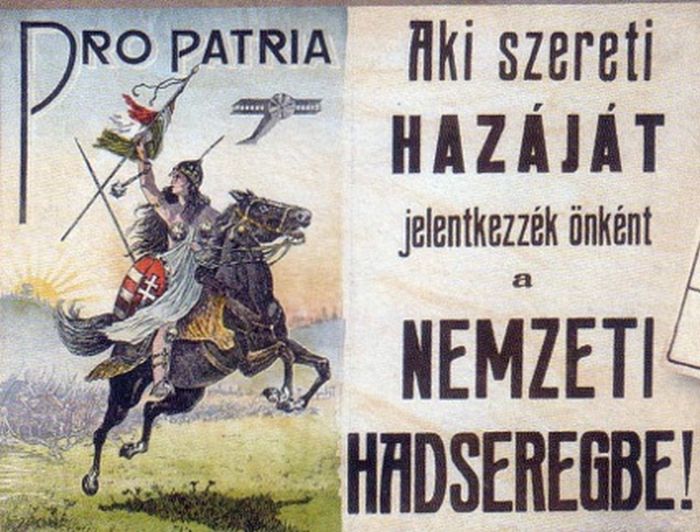
Following the dissolution of both counter-governments by the Entente, Horthy asserted independence by issuing Decree 40/1919.1 on June 9, 1919, establishing the National Army in Szeged. As thousands of returning front-line soldiers joined him, he marched to Transdanubia, where the independent High Command operated from Siófok between August 13 and November 16, 1919.
Horthy: the Leader of the National Army – Siófok
Preludes – Horthy: the Leader of the National Army – Siófok Fact of the Hungarian figure „Arrival of Horthy” Part…
